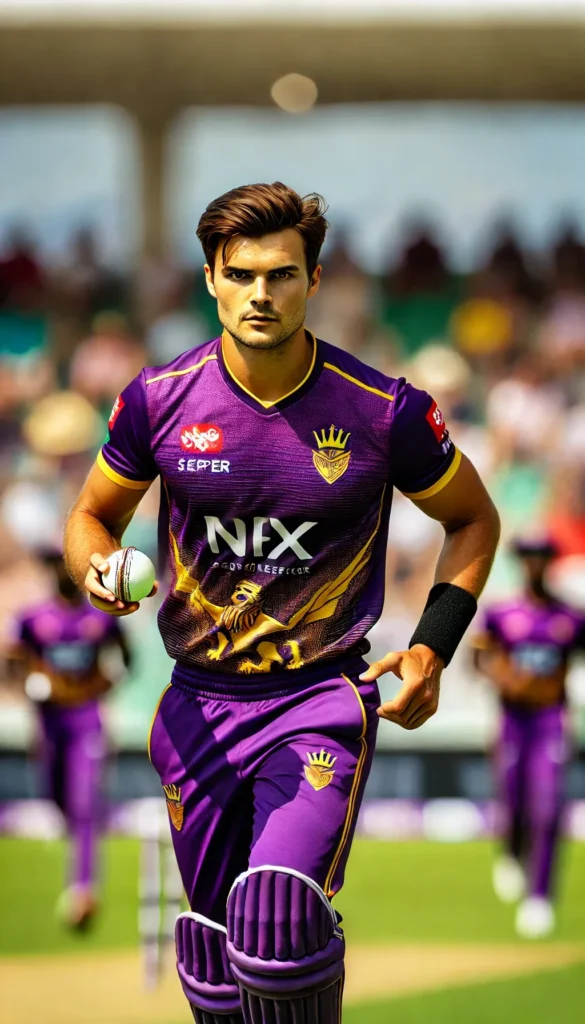
The IPL’s Growing Media Value
Earlier this year, Jefferies research revealed that the Indian Premier League (IPL), one of the flagship properties of the Board of Control for Cricket in India (BCCI), was now competing with global sports leagues in terms of value. On a per-match basis, Jefferies estimated that each IPL game was worth over $15.5 million, placing it second only to the National Football League (NFL) in the US. This valuation surpasses other prominent leagues like the Premier League (UK), National Basketball Association (NBA), and Major League Baseball (MLB).
Rapid Growth in Media Rights
Since the IPL’s inaugural season in 2008, its media rights have seen significant growth. In the first 10 years, the league’s media rights were valued at around Rs 8,000 crore for a 10-year period. However, in the latest deal, the rights were sold for Rs 48,390 crore for just five years, representing an enormous increase. Despite challenges such as the global financial crisis in 2008 and the pandemic, the league’s media rights have continued to grow rapidly.
Player Salaries: A Slower Climb
While the IPL’s media rights have soared, player salaries have not seen the same level of growth. In 2008, the salary cap for each team was Rs 20 crore. Sixteen years later, it has only risen to Rs 100 crore, with a potential increase to Rs 120-140 crore ahead of the next auctions. This slower rise in player compensation stands in stark contrast to the rapid growth of the league’s overall value.
Comparison with Global Leagues
Despite making some IPL players millionaires, the general sentiment is that they are grossly underpaid compared to athletes in other global leagues. In leagues like the NBA, NFL, and European football leagues, players earn a much higher percentage of the league’s revenue. For example, players in the English Premier League (EPL) take home 71% of the league’s earnings, while in the US leagues, it’s around 50%. In the IPL, however, players receive just 18% of the total revenue.
The Lack of Collective Bargaining
One significant reason for this disparity is the absence of collective bargaining in the IPL. Unlike other global leagues where players’ unions negotiate salaries, IPL players lack such representation. R Ashwin, a prominent cricketer, raised concerns about players not receiving fair market value but focused on the Right to Match aspect, rather than broader salary issues. The Federation of International Cricketers’ Associations (FICA) has also highlighted that IPL and Women’s Premier League (WPL) players are underpaid but lacks the power to drive change.
The Future of Player Payments
While IPL players may not see drastic changes in their pay in the immediate future, there are hopes that players will eventually be paid fairly and proportionately for their contributions to the league’s success. FICA’s CEO, Tom Moffat, expressed optimism about the future, stating that he looks forward to seeing players being compensated in line with their value to the league.
Star Power and Salary Caps
At the IPL 2023 auction, Australian cricketer Mitchell Starc became the league’s most expensive player, signed by Kolkata for Rs 24.75 crore. However, if Starc were paid according to industry standards seen in other leagues, his earnings would be significantly higher. Many other top players in the IPL face a similar situation, being paid far less than their market value.
A Call for Fair Compensation
Despite the IPL’s immense financial success, players continue to be underpaid relative to their contributions and the league’s overall earnings. This discrepancy may persist for some time, but with increasing attention on the issue, there is hope that future auctions will bring about a more equitable distribution of revenue between the league and its players.(cricket betting app)
